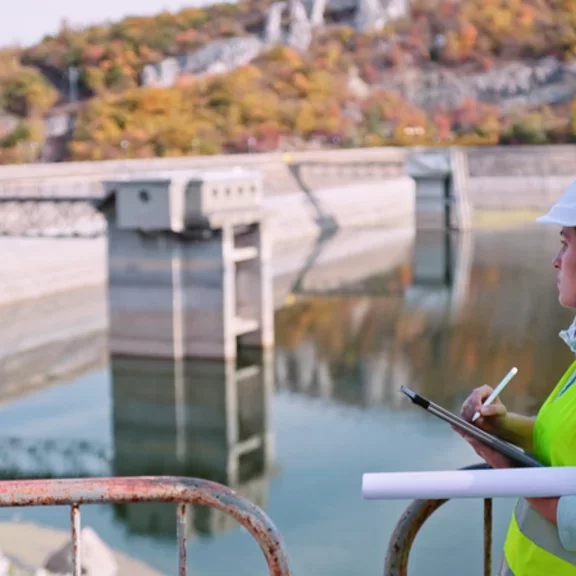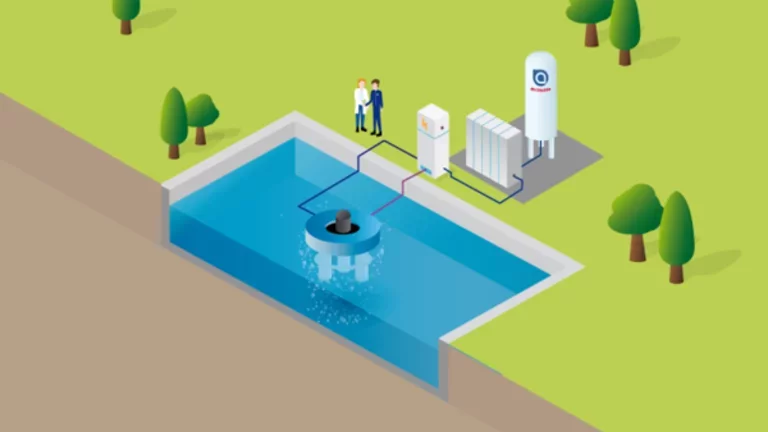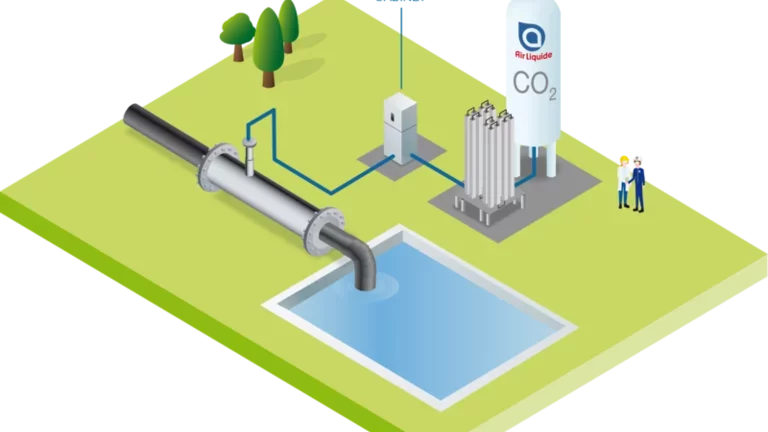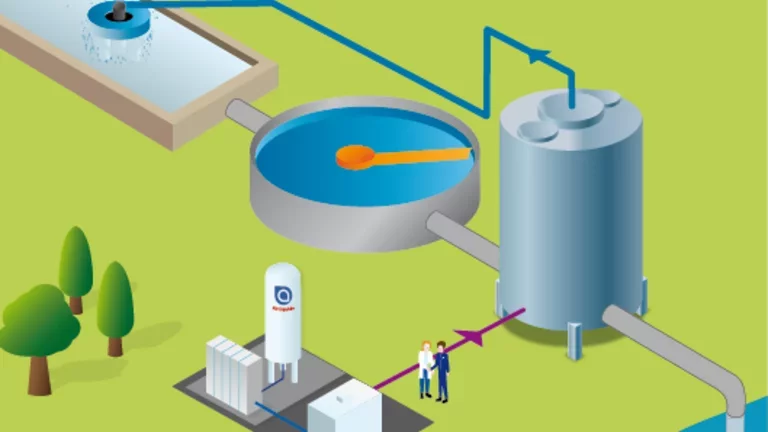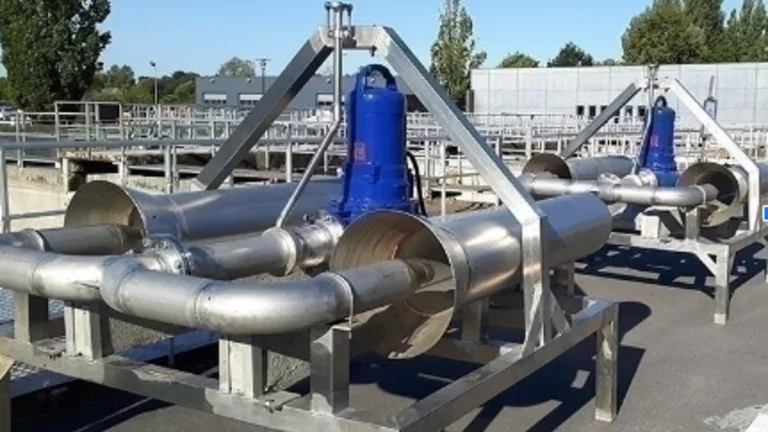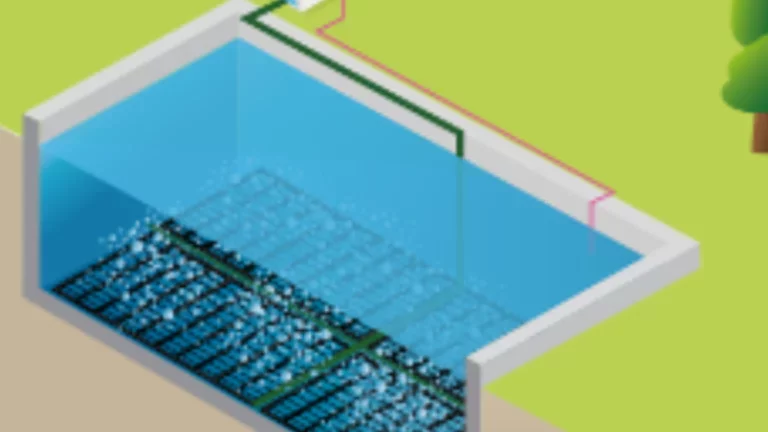Water and Wastewater Treatment (WWT)
Decarbonisation of Water & Wastewater Treatment plants
Biological Treatment
A recommended alternative to Water & Wastewater Treatment (WWT) is Oxygen, O₂ injection. It can increases the WWT plants' treatment capacity without needing to enlarge their basin sizes. Biological treatment using, O₂ injection intensifies aerobic process in the basins. The energy usage is lower and the stripping phenomena will be minimal or avoided. It produces almost no GreenHouse Gases (GHGs), Volatile Organic Compounds (VOCs) emissions and odours.
Energy Savings
Energy efficiency of oxygen injection systemHigh ratio of kg of O₂ injected per kWh of dynamic oxy-injector power consumption.
Carbon Savings
Measurement of Greenhouse Gases (GHGs) from exhaust gases
Biological treatment with oxygen injection on wastewater plant can lower GHGs emission (e.g. CH4, CO₂, etc..) due to decomposition of organic materials.
Peace of Mind
Optimum process control to meet stringent environmental requirements with peace of mind- Low maintenance
- Safe, Stable and reliable operations
- Continous process and operations monitoring
- Digitalisation and remote monitoring capability
pH Control
CO₂ injection is an effective and economical alternative to neutralising water pH level. This pH neutralisation method reduces impact on the environment because it does not generate secondary pollution. It permanently retains carbon in the form of bicarbonate, which is safe to the environment.
Environmental Friendly
pH regulation without harmful emissions- No harmful emissions such as chlorides or sulfates
- A more gentle method of water pH control
- Low risk of corrosion vs chemicals and increase in lifespan of plant equipment
Peace of Mind
Fully automated pH control system for CO₂ injection- Unlike traditional mineral acid treatments, there are no shower requirements nor carcinogenic fumes
- The cost of CO₂ is competitive against mineral acids
- Reduce overhead operating costs due to chemical and non-pumping operations
Tertiary Treatment
Ozonation, O3 is a disinfectant solution neutralizes biological matters, such as bacteria, viruses, and parasites. In addition, it can also remove harmful metals such as manganese and other pollutants e.g. phenol from water. Besides that, more reduction of suspended solids can be achieved with greater ozone dose.
Our recommended solutions for your Water & Wastewater Treatment (WWT)
By working with Air Liquide, you benefit from our expertise and supports to offer a comprehensive WWT solutions that can meet your operational requirements.
Industrial Gases
Our Nexelia™ WWT Solutions
The Nexelia™ for Water & Wastewater Treatment (WWT) is a comprehensive gas solution with equipment to boost your plant capacity, optimise operating costs, as disinfectant, resolve stripping phenomena (such as foams and odour issues) and etc...
A powerful and compact floating oxygen-transfer system, the OXY INJECTOR-TURBOXAL delivers high performance oxygenation of wastewater in biological basins and lagoons.
A dynamic gas-injection device, the OXY INJECTOR-VENTOXAL system significantly increases the mass-transfer rate to reach high oxygen dissolution, and it integrates seamlessly with all types of wastewater basins.
A cost-effective system, the INJECTOR-POROXAL treats wastewater by injecting oxygen (O₂) into deep static biological basins (> 5m). It’s also well suited to dissolve CO₂ for pH control.
-
Industry Leader
We are a global leader in gases, technologies and services for Industry and Health. -
Reliability
Our solutions are reliable, reproducible and in compliance with stringent and ever-evolving regulations. -
Expertise
Leverage our global network of industry experts tailored to your unique challenges. -
One-Stop Solution Provider
Access a comprehensive suite of products, supply modes, and services designed for your specific requirements. -
Focus on Quality
Expect nothing less than the highest standards in process and product quality. -
Sustainability
Embrace our solutions that support your highest performance while minimising environmental impact.
Contact Us
Let our experts come back to you.
